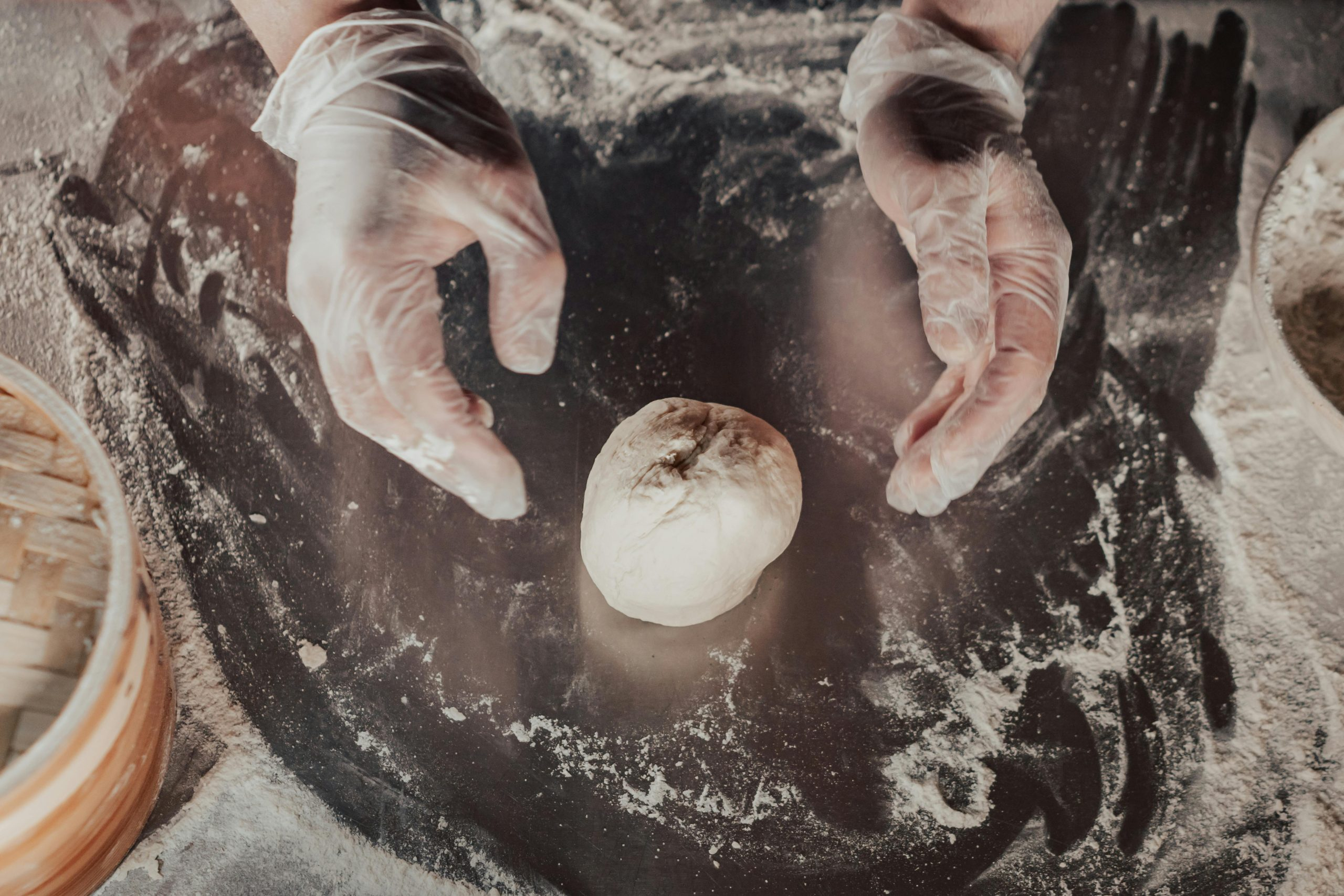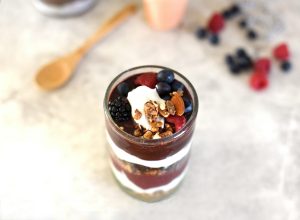Insect Flour Revolution: Baking with Crickets to Save the Planet
In a world where sustainability and environmental impact are becoming increasingly important, a new trend has emerged in the baking industry – using insect flour as a key ingredient in baked goods. While this concept may seem strange to some, it has quickly gained popularity as a promising solution to one of the biggest challenges we face as a society: reducing our carbon footprint and saving the planet.
The Insect Flour Revolution
The idea of baking with crickets may sound unappetizing at first, but when you take a closer look at the benefits, it’s hard to ignore the potential impact it can have on the environment. Insect flour is made from finely ground crickets, and it’s packed with essential nutrients and protein. It’s also more sustainable and eco-friendly compared to traditional wheat flour, making it a perfect choice for those looking to make a positive impact on the planet through their baking.
Why use crickets?
Crickets are not only a rich source of protein but also have a much lower environmental impact compared to other sources of protein such as beef or chicken. According to a study by the University of California, producing a pound of cricket protein requires significantly less land, water, and feed compared to beef. It also produces fewer greenhouse gas emissions, making it a more sustainable option for the planet.
Moreover, crickets are incredibly efficient at converting feed into protein. It’s estimated that for every pound of cricket feed, they can produce around 12 times more edible protein compared to cows and four times more compared to pigs. This efficiency makes them an ideal source of food for a growing population while minimizing the strain on the environment.
Health benefits of insect flour
Aside from being environmentally friendly, insect flour also has numerous health benefits. It’s gluten-free, making it a great alternative for those with gluten sensitivities or celiac disease. It’s also a complete protein, meaning it contains all nine essential amino acids that our bodies need. It’s also rich in micronutrients such as iron, calcium, and vitamin B12 – all of which are essential for a healthy diet.
In addition, insect flour is low in fat and calories compared to traditional wheat flour, making it a great choice for those looking to maintain a healthy weight. It’s also a sustainable choice for athletes and fitness enthusiasts who require high protein diets to support their performance and recovery.
Baking with insect flour
Now that we’ve covered the benefits of using insect flour, let’s dive into the exciting part – baking! The good news is that you can easily substitute traditional wheat flour with insect flour in most recipes. It has a mild taste, so it won’t overpower the other flavors in your baked goods. Plus, it has a fine texture, making it a suitable replacement for refined flours in cakes and other delicate pastries.
The most common way to use insect flour is by mixing it with other flours, such as wheat or almond flour. This ensures that your baked goods will have the desired texture while adding the nutritional benefits of insect flour. It can also be used in savory recipes, such as bread, pizza dough, or even as a coating for fried foods.
Where to buy insect flour
The popularity of insect flour has grown significantly in recent years, and many specialty stores now carry it. You can also purchase it online from reputable sources. However, always make sure to check for quality and sourcing, as not all insect flours are created equal. Look for organic and sustainably sourced options to ensure you’re getting the most out of this environmentally friendly ingredient.
The future of baking
The use of insect flour in baking is just one example of how we can make small changes in our food choices to have a positive impact on the planet. By incorporating this sustainable ingredient into our diets, we are not only reducing our carbon footprint, but also supporting a more ethical and nutritious food system. As we continue to search for solutions to the environmental crisis, it’s clear that the Insect Flour Revolution is just the beginning of a much larger movement towards a more sustainable and eco-friendly future.
So next time you’re in the mood for some homemade cookies or a freshly baked bread, why not give insect flour a try? Not only will your taste buds thank you, but so will the planet.











